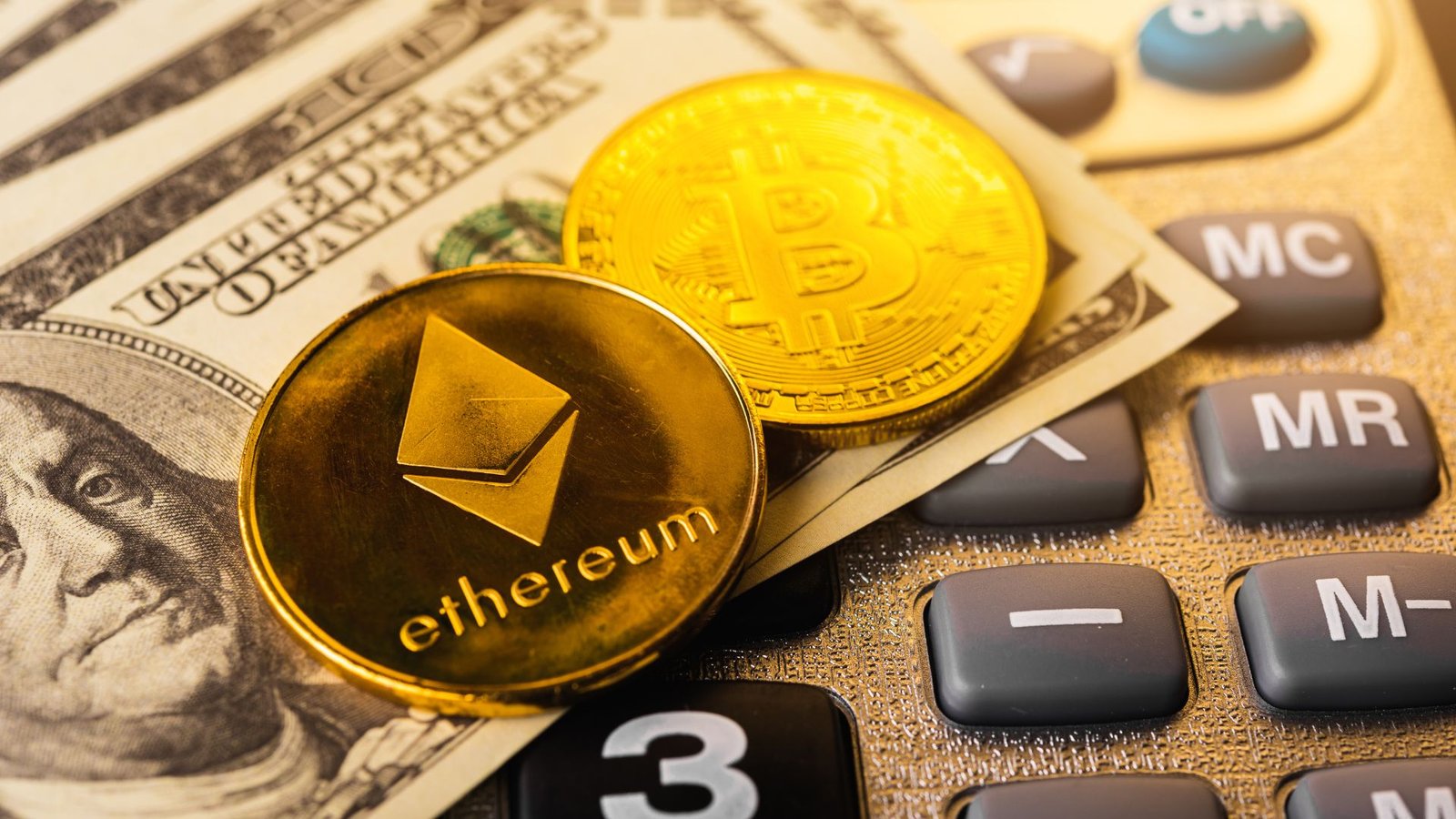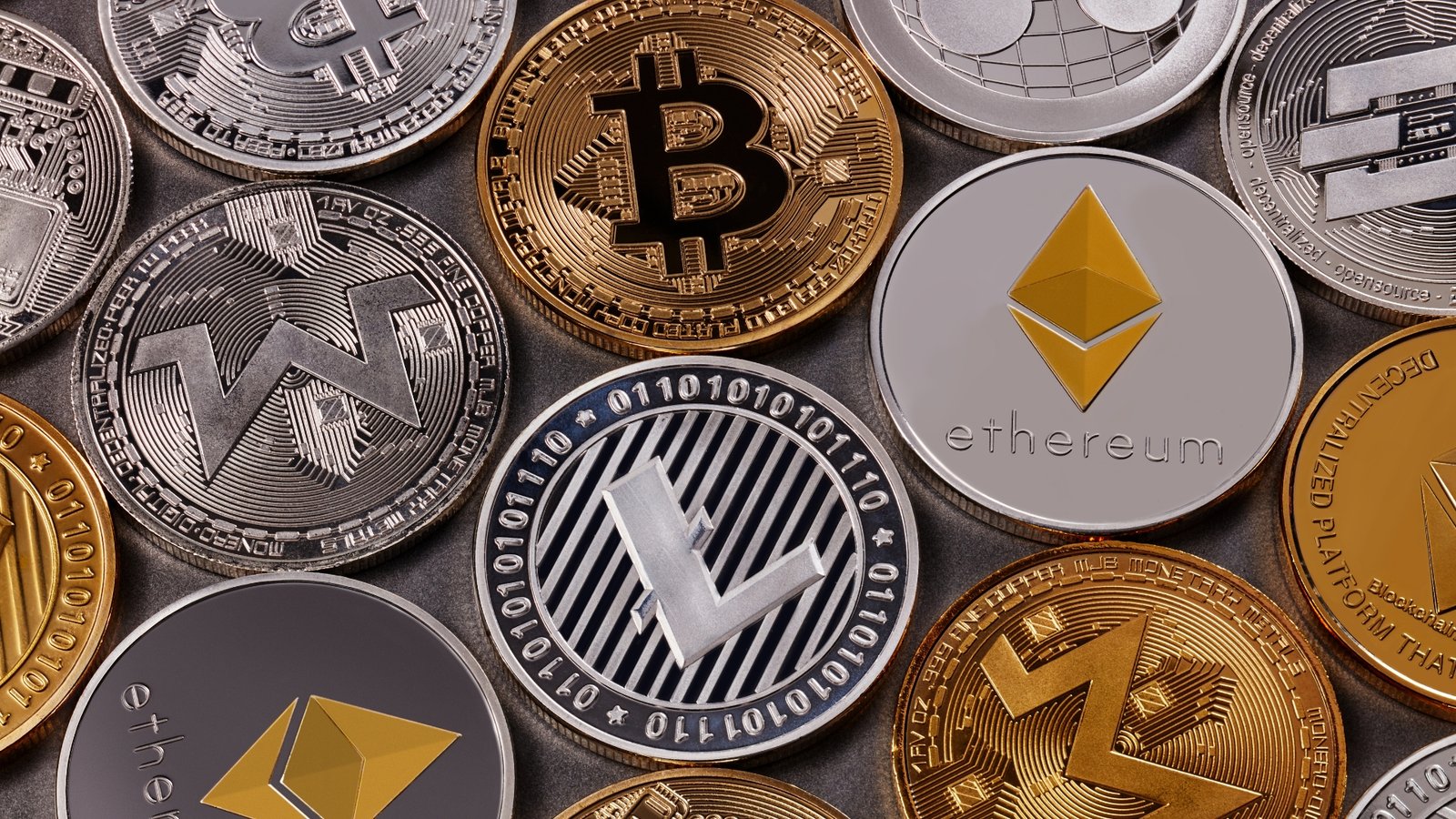The cryptocurrency market has been buzzing with the introduction of Bitcoin and Ethereum ETFs, signaling a significant shift in the investment landscape. These financial products provide a new way for investors to gain exposure to digital assets without directly holding them. Let’s delve into what these ETFs are, their potential impact on the market, and why they represent a compelling investment opportunity.
What Are Bitcoin and Ethereum ETFs?
An Exchange-Traded Fund (ETF) is a type of investment fund that is traded on stock exchanges, much like stocks. ETFs hold assets such as stocks, commodities, or bonds, and they often track an index. Bitcoin and Ethereum ETFs are designed to track the price movements of Bitcoin (BTC) and Ethereum (ETH), respectively.
There are two main types of cryptocurrency ETFs:
- Futures-Based ETFs: These ETFs invest in futures contracts rather than the actual cryptocurrency. Futures contracts are agreements to buy or sell an asset at a future date for a predetermined price.
- Spot ETFs: These ETFs invest directly in the cryptocurrency, holding the actual asset in custody.
The first Bitcoin ETF, approved in early 2024, marked a milestone in crypto investments. Ethereum followed suit with its own ETFs, offering investors a chance to diversify their portfolios with exposure to the second-largest cryptocurrency by market capitalization (NerdWallet: Finance smarter) (ETF.com).
Investment Perspective: Why ETFs Matter
1. Accessibility and Convenience:
- ETFs make it easier for investors to gain exposure to cryptocurrencies without dealing with the complexities of buying and storing digital assets. This is particularly appealing to traditional investors who are more comfortable with stock market transactions (markets.businessinsider.com).
2. Regulatory Confidence:
- The approval of these ETFs by regulatory bodies like the SEC signifies a level of legitimacy and trust in these assets. This can attract more institutional investors, further stabilizing and legitimizing the crypto market (ETF.com).
3. Diversification:
- With ETFs, investors can diversify their crypto holdings without directly managing multiple digital wallets or accounts on various exchanges. Some ETFs even offer a mix of Bitcoin and Ethereum, providing balanced exposure to both assets (markets.businessinsider.com).
Impact on the Cryptocurrency Market
The introduction of Bitcoin and Ethereum ETFs is likely to have several profound effects on the market:
- Increased Liquidity:
- The presence of ETFs can boost market liquidity as more investors participate in trading these funds. This can reduce price volatility and make the market more stable over time (NerdWallet: Finance smarter).
- Market Growth:
- As ETFs attract more capital, the overall market capitalization of cryptocurrencies could increase, leading to broader adoption and development of related technologies (ETF.com).
- Competitive Environment:
- The launch of multiple ETFs creates a competitive environment where fund managers strive to offer the best terms, such as lower fees and innovative investment strategies. This competition can benefit investors by providing better options (markets.businessinsider.com).
The Future of Crypto ETFs
Looking ahead, the success of Bitcoin and Ethereum ETFs could pave the way for other digital assets to be included in ETF offerings. This expansion could further integrate cryptocurrencies into mainstream financial systems, promoting wider adoption and acceptance.
Moreover, the development of spot ETFs, which hold the actual cryptocurrency, could offer even more accurate tracking of asset prices and attract more conservative investors who prefer direct ownership over futures contracts (NerdWallet: Finance smarter) (ETF.com).
Conclusion
The introduction of Bitcoin and Ethereum ETFs marks a significant evolution in the cryptocurrency market. These financial products provide a bridge between traditional finance and digital assets, making it easier and safer for investors to participate in the crypto market. As the market continues to grow and mature, ETFs will likely play a crucial role in shaping the future of cryptocurrency investments.
For those looking to invest in blockchain technology, these ETFs offer a promising opportunity to gain exposure to some of the most influential digital assets in a regulated and accessible manner. With continued innovation and regulatory support, the future of cryptocurrency ETFs looks bright, and their impact on the market is poised to be substantial.











